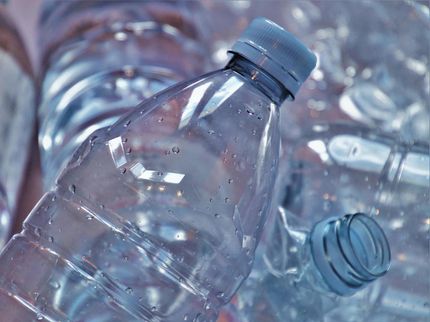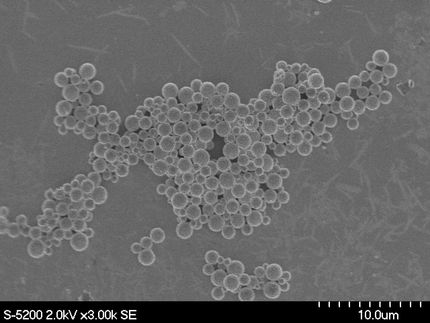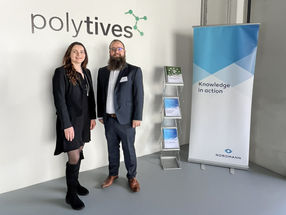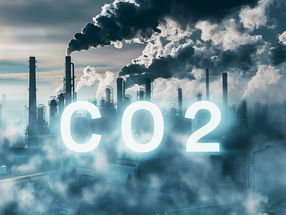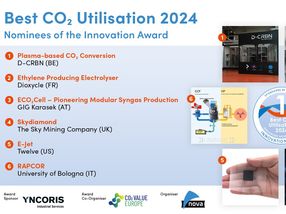Ceresana expects the market for bioplastics to grow
Even though they still account for only a small share of the plastics market as a whole, bioplastics have become a real alternative to standard plastics manufactured from petrochemical feedstocks. The term 'bioplastics' is utilized for a whole range of various products with different properties and applications. In its recently published study, the market research institute Ceresana analyzes the developments on the global market for bioplastics for the third time already.
Bioplastics possess a tremendous market potential, even in times of economic difficulties: Market analysts at Ceresana expect global demand to increase by 18.9% p.a. in the future. Global demand may be developing at decelerated growth rates when compared to previous years, but uninterrupted advance in the development of the raw material base and property profiles lead to an ever broader range of possible applications. More and more often, the improved technical properties of bioplastics allow for a substitution of conventional plastics. Progress in production and the significant expansion of capacities enable manufacturers to lower prices and therefore to further increase the competitiveness of bioplastics in the face of conventional plastics. Additionally, processors of plastics and innovative companies are aiming for increased environmental protection and sustainability, not least to improve their image among consumers.
Propitious economic conditions, e.g. an increasing middle class in China, India, and parts of South America, will have additional positive effects on future sales volumes. Even though the market for bioplastics is developing at highly dynamic growth rates, considerable room for improvement remains. The major factor impeding a notably more dynamic development is the persistent skepticism of consumers regarding performance, processability, and the higher costs of bioplastics.
The worldwide most comprehensive analysis of the bioplastics market is available exclusively at Ceresana and offers - as did the successful first and second editions - a complete transparency regarding the current situation and future development. That this market is worth a detailed analysis becomes obvious simply by the fact that revenues generated with bioplastics are likely to rise to approx. US$5.8 billion in 2021 - by then, market value will have tripled compared to now. This standard work enables all market participants to get a complete overview over all relevant data and facts and to obtain background information.
Europe largest consumer
Europe accounted for more than one third of total global bioplastics consumption in 2013. Thus, this region is the most important sales market, followed by North America, Asia-Pacific, and the rest of the world. Ceresana forecasts Europe to remain leading in research and development and the largest market for bioplastics for several years to come. Asia-Pacific and a number of South American countries, however, are likely to catch up significantly: Given a sound economic surrounding and an as yet small market share of bioplastics in end applications, both regions offer an enormous potential for growth.
Focus on "Drop-In" bioplastic
A global trend on the market for bioplastics is the increased use of non-biodegradable bioplastics, which are also known as "Drop In" bioplastics and include products such as bio-PE or bio-PET that possess properties similar to their equivalents made from fossil resources. International enterprises in segments such as foodstuffs, consumer goods, and the automotive industry are backing this development. Their aim is the reduction of their ecological footprint by using easily recyclable bioplastics.
In order to meet future demand for bioplastics, Asia-Pacific and South America in particular are investing in a massive expansion and creation of production capacities. These regions can capitalize on the availability of a range of biological raw materials as well as propitious political and economic conditions.
Packaging industry most important sales market
A sector to use a remarkably large amount of bioplastics is the packaging industry, especially in the subsegment food packaging. The major advantage of cups, bottles, plates, bags, and sacks made from biodegradable bioplastics is the fact that they can be disposed of along with leftover food. Bioplastics are also the material of choice in agricultural films that are plowed in when no longer needed, flower pots, and trays for seedlings.
Bottles made from bioplastics are becoming more and more popular among manufacturers of beverages and detergents. Hence, we forecast the highest growth rates for this application area. In order for bioplastics to become established in this segment, however, it has to be made sure that the planned facilities are constructed and that producers of bottles actually do shift to utilizing biobased plastics.
